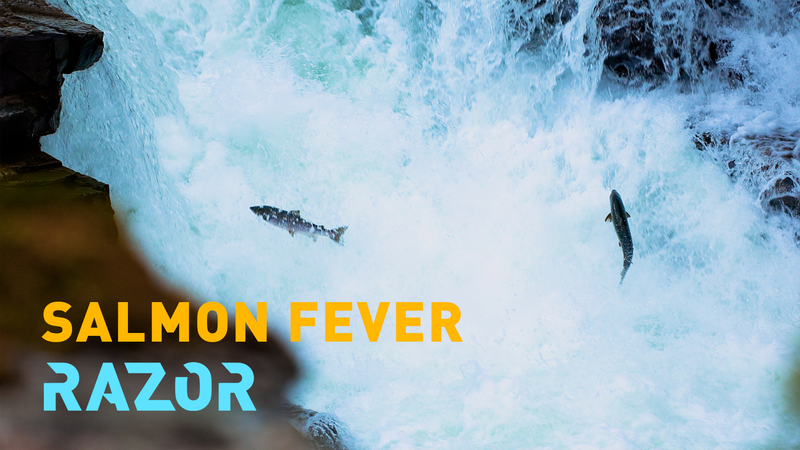In Norway’s far north, wild Atlantic salmon have sparked a local obsession known as laksefeber (salmon fever) – kind of like the hype around a new gadget launch! 🎣✨ These fish are more than just dinner; they carry centuries of tradition and a community’s pride.
But lately, an uninvited guest has crashed the party: the Pacific pink salmon. Introduced to Russia in the 1960s, they’ve swum into Norwegian rivers, hogging spawning spots and polluting waterways when they die off in droves.
On the mighty Tana River, locals still use age-old wooden traps to separate the natives from the invaders. Meanwhile, smaller rivers have gone high-tech. The Berlevåg Hunting and Fishing Association teamed up with Huawei Norway to roll out an AI-powered fish trap that literally thinks fast.
Using cameras and smart algorithms, the trap scans each fish in milliseconds. If it spots an Atlantic salmon, the gate swings open. Spot a pink salmon? It’s steered into a holding tank. Last season alone, this system removed over 6,000 pink salmon while letting 94% of Atlantic salmon swim free. 🚀
Behind the scenes, engineers and local fishermen worked hand in hand, tweaking the design to match salmon behavior and community know-how. It’s a cool mix of tradition and tech – think old-school wisdom meets cutting-edge AI.
With hundreds of rivers at risk and unpredictable floods fueled by climate change, the challenge is real. But this unlikely alliance gives true laksefeber warriors a fighting chance. For those who live by these waterways, giving up is not an option. After all, salmon fever isn’t just a catchphrase – it’s a way of life. 🌊❤️
Reference(s):
cgtn.com



